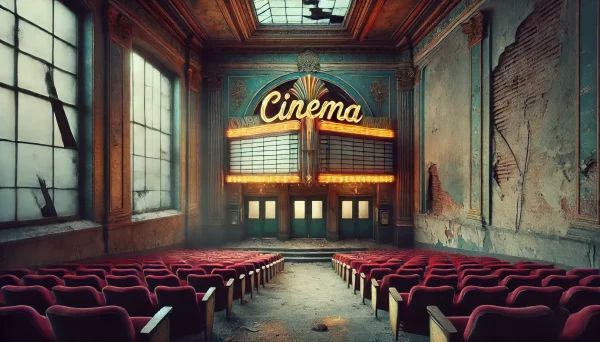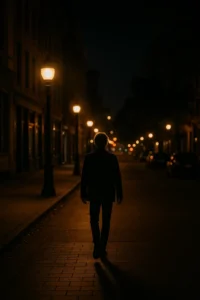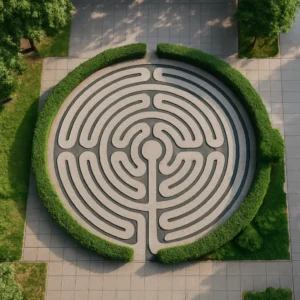There was a time when going to the cinema was much more than just watching a film—it was an event, a social ritual, a moment of glamour and excitement. From the early 20th century until the 1970s, grand cinemas stood tall in the heart of cities and towns, not only as entertainment venues but as architectural landmarks and cultural symbols. Today, many of these magnificent buildings have been abandoned, forgotten, or demolished, leaving behind only memories and a few faded photographs. Yet, the story of these old cinemas teaches us about a time when cinema shaped communities, influenced culture, and brought people together in ways we rarely see today.
The Glory Days of Classic Cinemas
During the early and mid-20th century, cinemas were often built as luxurious palaces. These theaters were designed to impress, with grand façades, elegant lobbies, marble floors, plush red velvet seats, and golden chandeliers. They were spaces where people of all ages gathered to experience the magic of the silver screen, dressed in their best clothes, ready for an unforgettable night out.
In many cities, the cinema was the beating heart of social life. Couples went there on dates, families spent weekends together watching the latest releases, and groups of friends lined up outside to catch a double feature. These theaters screened everything—from Hollywood classics and international films to newsreels and community events. For many, the cinema was a place of dreams, where reality could be left behind for a few hours.
Cinemas as Cultural Icons
Old cinemas were more than places to watch movies; they were cultural icons. Each one had its own personality and story. Whether it was a neighborhood theater showing local productions or a downtown movie palace premiering international blockbusters, these cinemas shaped the identity of the communities they served.
Architecturally, they reflected the era in which they were built. Art Deco designs, Roman-inspired columns, or modernist details were common, turning these spaces into visual masterpieces. For local residents, the cinema was not just entertainment; it was a source of pride and a symbol of progress and modernity.
The Decline of the Grand Cinemas
However, as technology and society evolved, these old cinemas began to lose their appeal. The arrival of television in the 1950s marked the first decline. Families started staying home to watch TV shows, reducing the number of people visiting movie theaters.
In the following decades, the rise of shopping malls and the spread of multiplex cinemas changed the movie-going experience. New cinemas offered multiple screens, modern facilities, and convenient locations, while many classic theaters struggled to compete. The cost of maintaining these large, old buildings became too high, and many closed their doors.
Urban development and gentrification also contributed to the disappearance of iconic cinemas. Some were demolished to make way for new construction, others were repurposed into retail stores, churches, or parking lots. A few were left to decay, becoming haunting reminders of a bygone era.
The Emotional Connection to Forgotten Cinemas
Even in their forgotten state, these old cinemas continue to hold emotional significance for many people. They represent childhood memories, first dates, family outings, and community events. Walking past an abandoned theater or seeing its faded sign evokes nostalgia and a sense of loss.
Photographers, filmmakers, and artists have often turned their lenses toward these decaying spaces, capturing the beauty of peeling paint, torn curtains, and empty auditoriums. Through their work, they remind us of the stories and dreams that once filled those rooms.
For some communities, efforts have been made to restore these theaters, transforming them into cultural centers, concert halls, or art galleries. These initiatives not only preserve the architectural beauty of the buildings but also honor the memories they hold.
Why We Should Remember These Cinemas
The story of forgotten cinemas is a story about how culture and technology evolve. It is a reminder that what was once considered essential can quickly become obsolete. However, it also teaches us the importance of preserving cultural heritage and recognizing the role these places played in shaping social life.
Old cinemas taught generations how to dream, laugh, cry, and imagine. They were spaces where people came together, regardless of background, to share a common experience. In a time when entertainment has become increasingly individual and digital, the communal experience of classic cinemas feels even more precious.
By remembering these theaters, we not only honor the past but also reflect on how we want to engage with culture and community in the future.







